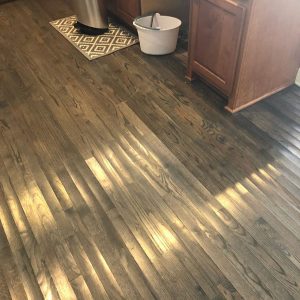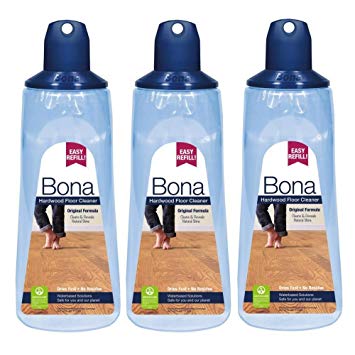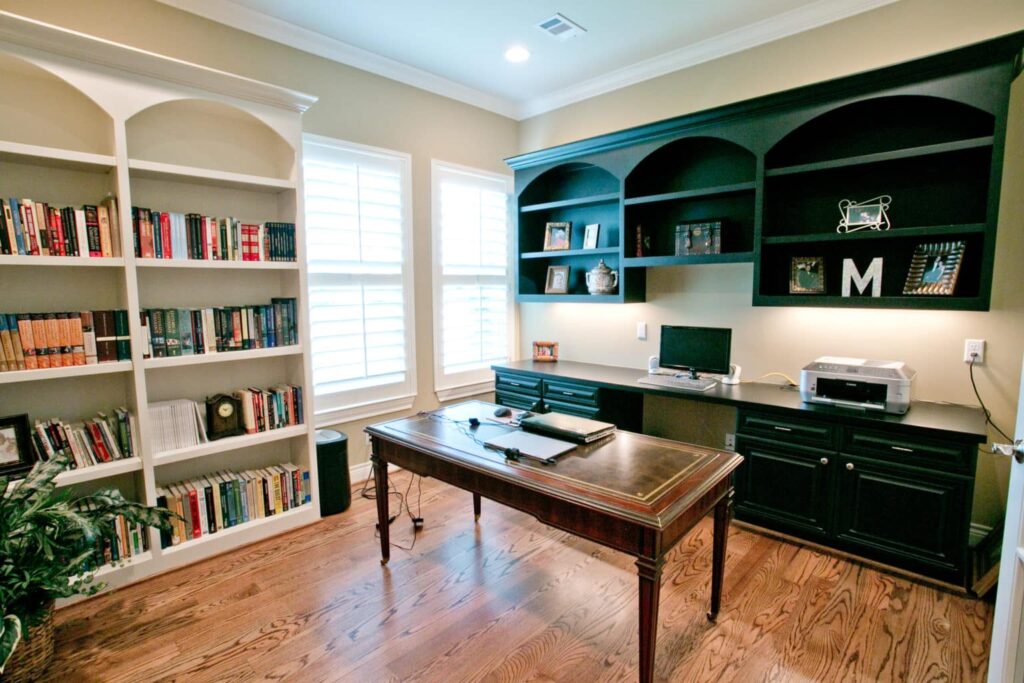How do you handle your water damaged hardwood flooring?
So, you are noticing that you have some issues with your once beautiful hardwood flooring. There are some cases where your floor can be salvaged. This guide will assist you in determining what is happening, and how to fix your water damaged hardwood flooring issues.
When hardwood floor water damage occurs, it can produce different effects. Also, water damage can present itself in two different forms. Water damaged hardwood flooring is not always the result of water, but it can also come from water vapor. Water vapor can come from moisture penetrating through your slab, or subfloor. It can also be a result of a high relative humidity in your home.
There are visual signs that will point you in the right direction, as the physical water cannot always be seen.
Step 1 -
Identify Your Problem
Cupping
When a hardwood floor takes on moisture the most common issue seen is cupping. Cupping is caused by a moisture imbalance throughout the board, and has a higher moisture content on the top than at the bottom. The visual appearance is that the edges of each board is raised giving it a dished appearance.
Cupping is often the result of a water leak, or in some cases having too much humidity in the air. If your floors are brand new, and there is no found source of water, cupping can occur as a result of improper installation techniques. When installing a new hardwood floor the installer/finisher must allow the floor to reach its equilibrium moisture content for your home. This process is called acclimation.
In most cases a cupped floor will need to be replaced, however there are instances in which the floor can be dried. Once the flooring has reached its equilibrium moisture content level and then be sanded, and your problem should be solved.

Crowning
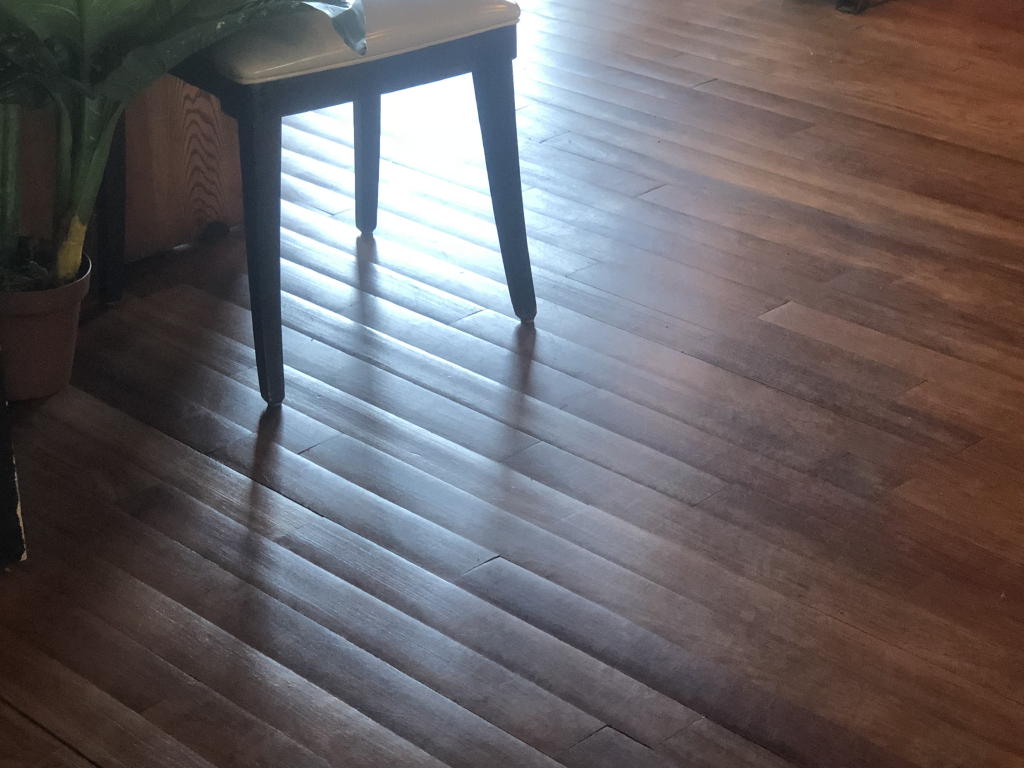
Crowning in water damaged hardwood flooring is visually described as the opposite of cupping. With a Crowned hardwood floor the center of the board is raised rather than the edges.
There are typically two causes of crowning. Most often a crowned hardwood floor is the result of water damaged hardwood flooring that has been sanded when cupped. When a cupped hardwood floor is sanded the top is flattened while the rest of the board is still raised. As that water damaged flooring dries, the board will release its moisture and flatten out causing the top to crown.
Once cupped water damaged flooring has been sanded, and then crowns it is typically dry. Your wood flooring professional can do moisture testing to check to see if the equilibrium moisture content has been reached. At this time the floor can in many cases be sanded and finished, and your problem should be solved.
Another cause of crowning can be the result of having a dry substrate, and high humidity levels in the home.
Buckling
Buckling, or peaking can best be described as your flooring has raised up off of the subfloor creating a hump in your floor.
When a water damaged hardwood floor takes on moisture it expands. When this expansion occurs there can be a great amount of pressure created through your flooring system.
As pressure builds in a water damaged floor it often can create so much pressure that the flooring gives out at the point of least resistance, and raises off of the subfloor. The amount of pressure can be so high that it can in fact push your walls out. If you see buckling in your flooring it is recommended that you act fast, as this can cause significant damage to the structure of your home.
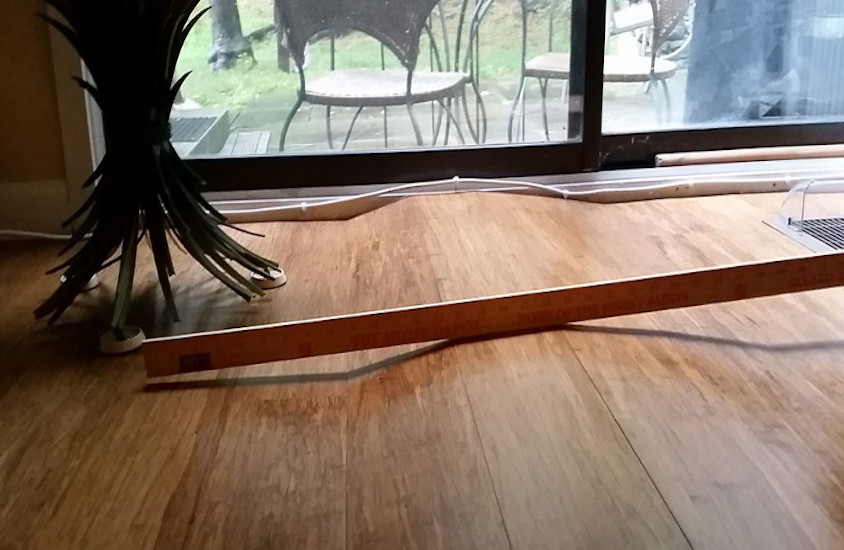
Step 2-
Call a professional
It is very important to contact a professional at the first signs of your water damaged hardwood flooring issues becoming present. A great resource for finding a reputable contractor or inspector is the National Hardwood Flooring Association. The NWFA has a long list of qualified companies and certified inspectors that can assist you with your water damaged flooring. The faster you act the better chance you have of salvaging your water damaged hardwood floor.
In many cases your insurance company will provide coverage for this. Your hardwood flooring professional should be able to assist your in what action to take.
Step 3-
Identify your fix
Once you consult with your qualified hardwood flooring professional, they will advise you on the best fix for your issues. In many cases it is recommended that your flooring be totally replaced. If your issues are only affecting certain portions of your floor, patching the damaged areas can be done.
Prefinished flooring can be simply patched in most cases. Site finished hardwood flooring will need to be patched and the entire floor sand and finished to resolve your issue.
If slight cupping is present there are many cases that in time the flooring will lay flat. This can easily take six months to one year to happen, so some patience is required.
It is important to try best to determine the amount of moisture presence in your water damaged flooring. If there is an excess of moisture the risks of mold growth is high, which can cause many health issues. A remediation company is equipped with tools to dry your home to help prevent this from happening.
Conclusion
Having a water damaged hardwood floor can be a painstaking process to deal with. If you take the best approach, and team with the right professionals all hope is not lost. You can be back to normal before you know it.
Our team at Greater Houston Flooring has the technical knowledge to properly address any of these issues described here. Call us today so we can help you with your remediation, and make the process as smooth as possible.
If you are filing an insurance claim, it is always best to have your hardwood flooring professional on site when your adjuster arrives. This can expedite your claim, and make sure you receive the coverage that you require.

